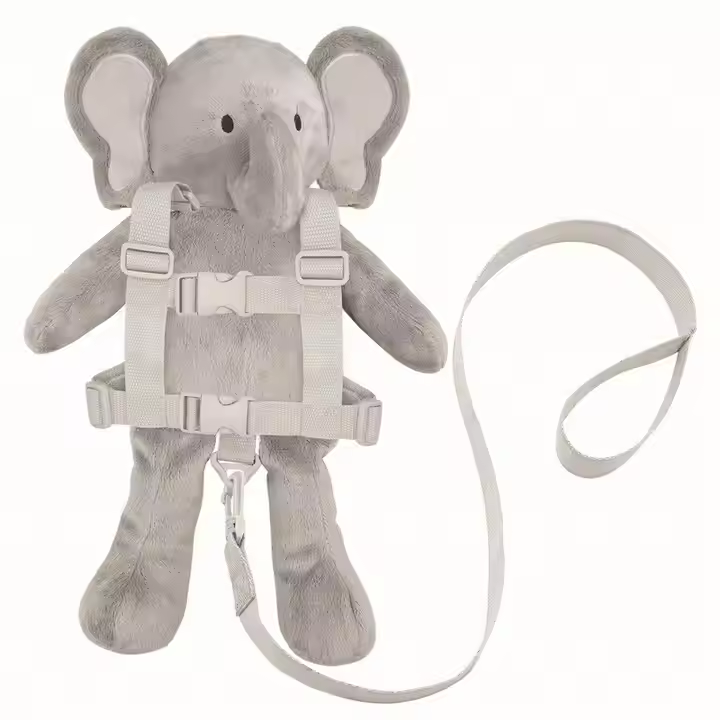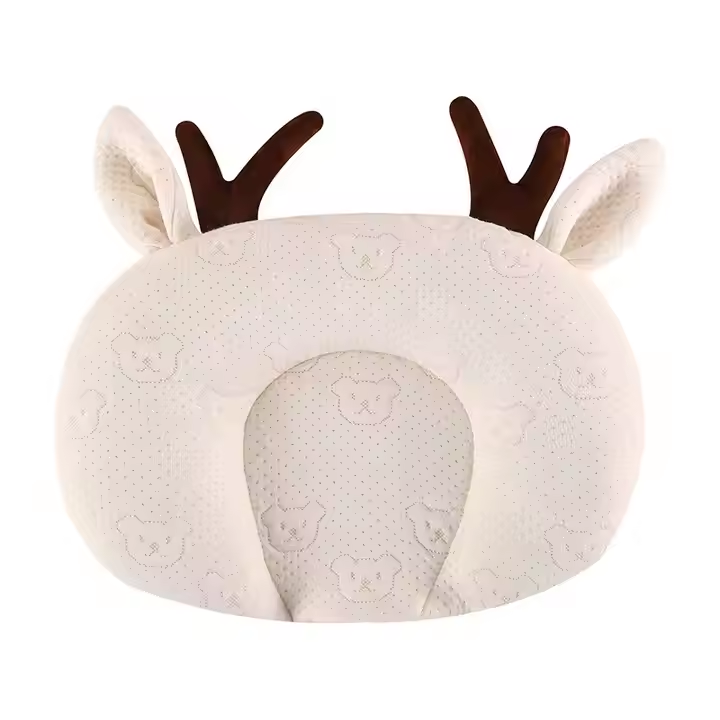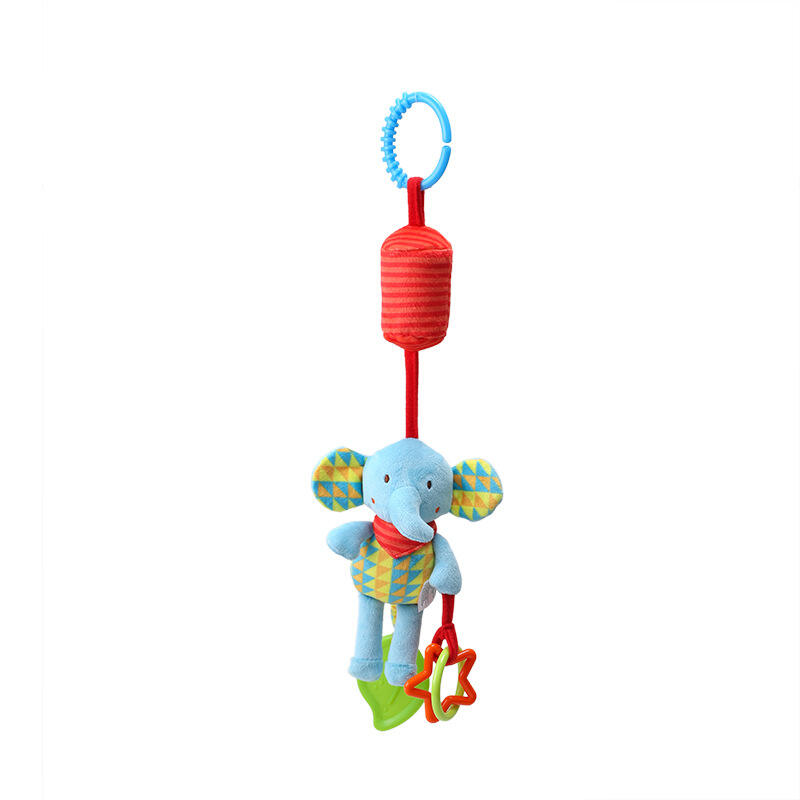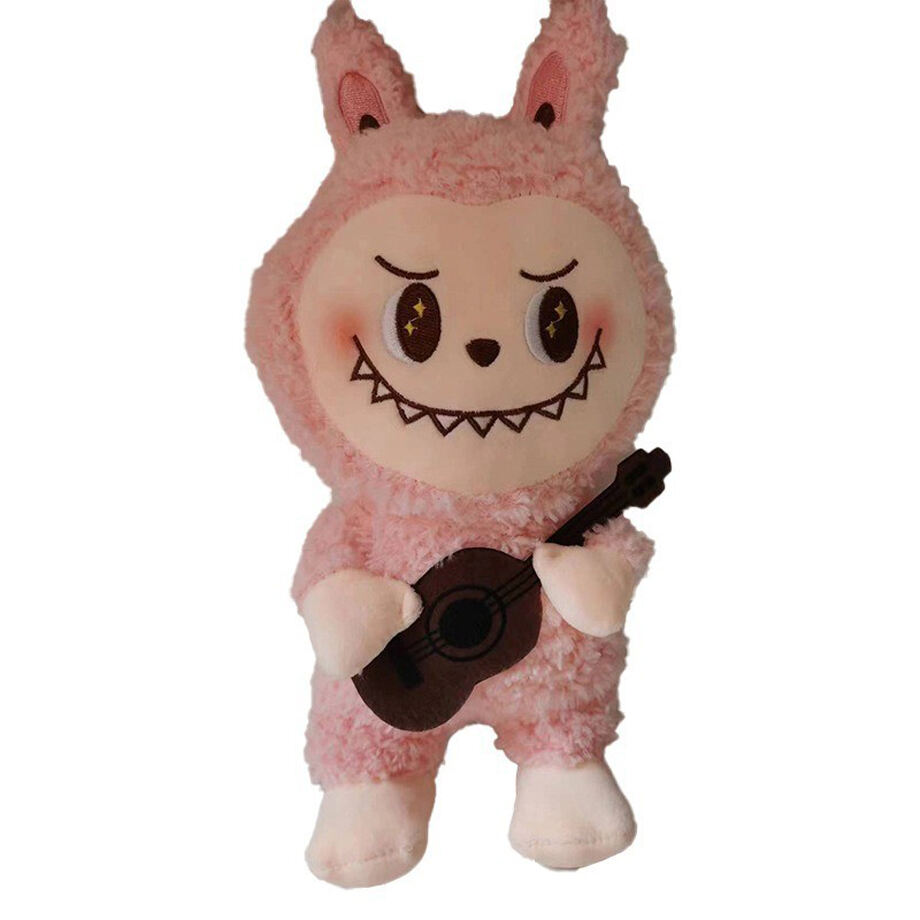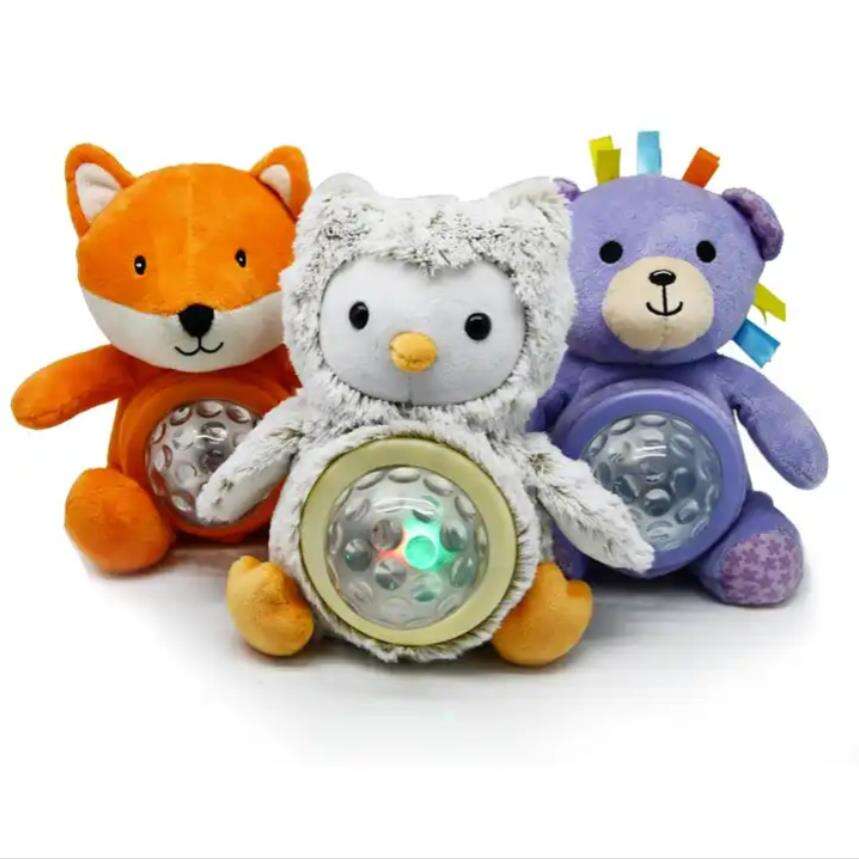The Educational Value of Fabric Books in Early Childhood
How Fabric Books Enhance Early Childhood Development
Stimulating Sensory Exploration Through Textures
Fabric books often include a variety of textures that stimulate children's touch senses, promoting sensory exploration. These books feature soft, fuzzy, and smooth materials, encouraging children to engage actively during reading sessions. According to research in early childhood development, tactile experiences are pivotal for brain growth, enhancing cognitive capabilities significantly. Fabric books provide an adventurous touch-based exploration that fosters curiosity and develops sensory skills, making them a fantastic tool in a child's developmental journey.
Building Fine Motor Skills with Interactive Elements
Interactive features such as flaps and buttons in fabric books are invaluable for the development of fine motor skills, requiring hand-eye coordination. Studies have shown that these skills are essential for tasks like writing and self-feeding later in life, emphasizing the importance of early experiences. The manipulation of interactive elements in fabric books helps children develop dexterity, contributing positively to their overall physical development. These engaging components transform reading into not only an educational activity but also a fine motor exercise.
Language Acquisition with Rhymes and Visual Storytelling
Fabric books that incorporate rhymes and vivid imagery play a crucial role in language acquisition by enhancing vocabulary and comprehension. Through storytelling techniques and narrative structures, these books form a foundation for literacy skills in young learners. Additionally, engaging with repetitive phrases within these stories aids memory retention and encourages verbal expression. As children interact with rhymes and vibrant visuals, they not only grasp language but also improve cognitive processes related to expression and memory.
Creating Engaging Learning Environments with Fabric Resources
Incorporating Weighted Plush Animals for Calm Play
Weighted plush animals are invaluable in creating soothing play experiences, as they offer comforting pressure that can significantly reduce anxiety and enhance focus. Occupational therapists frequently recommend these weighted items, as they effectively calm sensory-seeking children. By incorporating these calming textures into learning environments, children can explore and learn in tranquility.
Designing Literacy Corners with Soft Educational Toys
Incorporating educational toys into literacy corners transforms these spaces into interactive learning environments that ignite curiosity. Soft toys can act as story characters, prompting engagement and interactive dialogue during reading sessions. Research consistently demonstrates that diverse materials within learning environments are linked to increased interest and motivation in young learners, fostering a love for reading and learning.
Using Baby Night Light Companions for Routine Building
Baby night light companions play a crucial role in creating a comforting bedtime routine, essential for establishing healthy sleep habits. The gentle glow of night lights, coupled with fabric books, encourages children to indulge in quiet reading before sleep. Consistent bedtime routines have been linked to improved cognitive development and emotional well-being in children, providing a solid foundation for early learning and development.
Top Fabric-Based Educational Tools for Young Learners
Plush Walking Belt Bag: Portable Tactile Adventure
The Plush Walking Belt Bag transforms learning into a tactile adventure, combining movement with educational experiences. It is designed with a variety of sensory elements that engage children in exploration while also enhancing spatial awareness. This promotes cognitive and physical development, emphasizing the importance of movement in a child's growth.
Baby Deer Cotton Pillow: Safe Sensory Comfort
The Baby Deer Cotton Pillow offers safe, sensory comfort for infants and toddlers, essential for nurturing sleep and well-being. Its design facilitates sensory exploration while ensuring that materials are safe for oral exploration phases. Experts affirm that comfort objects like this are pivotal for emotional security, supporting healthy child development.
Cartoon Animal Wind Chimes: Auditory-Visual Learning
Cartoon Animal Wind Chimes blend auditory and visual stimuli to enhance multi-sensory learning, crucial for young children's development. The gentle sounds produced encourage auditory exploration, a key factor in language development. By engaging multiple senses, these chimes contribute to a richer, holistic learning environment for kids.
Small Sheep Doll Pillow: Imaginative Play Promoter
The Small Sheep Doll Pillow is a charming tool that promotes imaginative play, a critical element of cognitive development in young children. Imagination-driven play develops problem-solving skills and enhances social abilities. The pillow’s soft, versatile design makes it perfect for varied play scenarios, enriching children’s playtime experiences.
Safety and Sustainability in Fabric Learning Materials
Non-Toxic Materials for Oral Exploration Stages
Ensuring children's safety during exploration and play necessitates the use of non-toxic materials, particularly during the oral exploration stages. Babies and toddlers naturally explore their environment by putting objects in their mouths, making it critical that these items are free from harmful chemicals. The Consumer Product Safety Commission emphasizes the importance of stringent safety standards for children's products to avoid health risks. By opting for stuffed animals and educational toys crafted from safe materials, caregivers can provide a secure environment for children.
Machine-Washable Designs for Hygiene-Conscious Play
Machine-washable fabrics in toys and learning materials are essential for maintaining cleanliness and hygiene. Regular cleaning helps prevent the spread of germs, especially in group settings where educational materials are shared among children. Research underscores the significance of hygiene in play areas for children's health, advocating the use of washable designs. As children engage with educational toys and plush animals, ensuring these items can be easily disinfected is paramount for healthy play.
Eco-Friendly Production Practices in Educational Toys
Eco-friendly production practices are increasingly significant for educational toys as they align with modern eco-conscious trends. By using sustainably sourced materials, manufacturers minimize environmental impacts and contribute to the education of future generations about sustainability. Many parents are choosing products that adhere to these practices, prioritizing not only the safety of their children but also the health of the planet. Toys made from materials that respect the environment are highly valued in promoting a sustainable lifestyle.
Recommended Products
Hot News
-
Selecting the Right Educational Toys for Different Age Groups
2024-11-08
-
Materials Used in the Production of Stuffed Animals
2024-11-04
-
Chinese Plush Toy Factories Lead the Global Market with Innovation and Quality
2024-01-23
-
How Plush Toys Can Boost Your Mental Health and Well-Being
2024-01-23
-
Plush Toys Factory Industry Trends: A Growing Market with Challenges and Opportunities
2024-01-23
-
Plush Toys Market Demand on the Rise
2024-01-23
-
Woodfield Website Online
2024-01-22
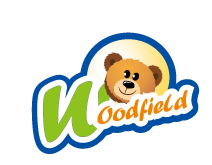
 EN
EN
 AR
AR
 BG
BG
 HR
HR
 DA
DA
 NL
NL
 FI
FI
 FR
FR
 DE
DE
 EL
EL
 IT
IT
 JA
JA
 KO
KO
 NO
NO
 PT
PT
 RO
RO
 RU
RU
 ES
ES
 SV
SV
 TL
TL
 IW
IW
 ID
ID
 SR
SR
 UK
UK
 HU
HU
 MT
MT
 TH
TH
 TR
TR
 FA
FA
 MS
MS
 GA
GA
 IS
IS
 EU
EU
 BN
BN
 LO
LO
 LA
LA
 SO
SO
 KK
KK

